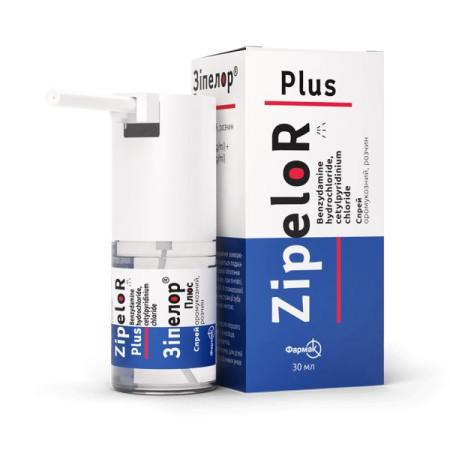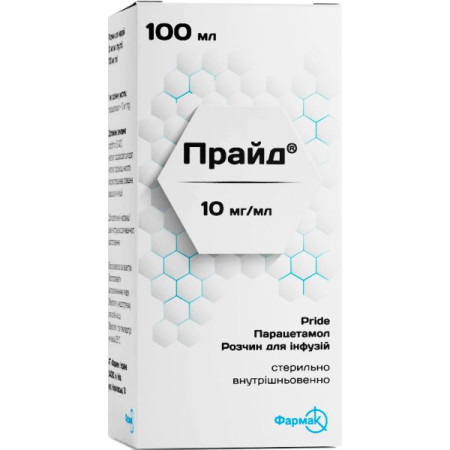Olfen medical patch 140 mg/12 hours package No. 5

Pharmacological properties
Olfen transdermal patch is an NSAID with analgesic properties, intended for topical use. The therapeutic effect is due to the inhibitory effect of diclofenac sodium on the synthesis of prostaglandins.
When applied topically to the skin, Olfen transdermal patch, the active substance penetrates the skin, reaching the subcutaneous tissues, and has an analgesic, anti-inflammatory effect, reducing tissue swelling. When applying Olfen transdermal patch to patients with significant sports injuries, the drug demonstrated an effective analgesic effect compared to placebo.
The concentration of diclofenac in the tissues is maintained by constant penetration from the patch and does not depend on the time of day. The average concentration of the substance in the blood plasma is ≈3 ng / ml.
The mechanism of metabolism and excretion of diclofenac after topical application corresponds to that of oral administration of diclofenac sodium preparations. T ½ is 1-2 hours.
Indication
Local short-term treatment:
inflammation of tendons, ligaments, muscles and joints of traumatic etiology, for example, in case of injuries to ligaments and tendons, dislocations, bruises; localized forms of rheumatism of soft tissues and joints.Application
The patch is applied to the affected area of the body. Apply 1 patch 2 times a day, morning and evening. Before use, remove the transparent film that protects the surface of the patch. One transdermal patch is designed for continuous use for 12 hours.
The maximum daily dose is 2 patches, even if the patch can be applied to more than one area if necessary. Only one area can be applied at a time.
The patch should be used for the shortest possible period.
The duration of treatment should not exceed 7 days.
Contraindication
Hypersensitivity to diclofenac, acetylsalicylic acid, other non-steroidal anti-inflammatory drugs, analgesics or to any component of the drug. History of attacks of asthma, urticaria or acute rhinitis caused by the use of acetylsalicylic acid or other non-steroidal anti-inflammatory drugs. Exacerbation of gastric and duodenal ulcers, open skin lesions, burns, skin infections or eczema.
Side effects
Skin and subcutaneous tissue disorders: common: redness, itching, burning sensation and skin rash, sometimes with pustules or blisters; uncommon: hypersensitivity reactions, local allergic reactions, including contact dermatitis; frequency unknown: generalized skin rash, hypersensitivity reactions, including angioedema, anaphylactic reactions, photosensitivity reactions have been reported in patients receiving topical NSAIDs.
When using the drug on large areas for a long period, the appearance of systemic side effects (such as kidney or gastrointestinal diseases, bronchospasm) cannot be ruled out, but the risk of their occurrence is very low compared to oral use of drugs containing diclofenac sodium.
Special instructions
Olfen transdermal patch should not be applied to open wounds (e.g. scratches, cuts) or eczematous areas of the skin. Avoid contact with eyes and mucous membranes.
If after 3 days of treatment the patient's condition has not improved or worsens, a doctor should be consulted.
To reduce the risk of side effects, the minimum effective dose of diclofenac sodium should be used for treatment for the shortest possible period.
In patients with a history of allergy or bronchial asthma, bronchospasm may occur when using NSAIDs.
If any skin rash appears after using the drug, treatment should be discontinued.
Direct sunlight or solarium radiation should be avoided at the site of application for approximately 1 day to reduce the risk of photosensitivity.
Although the risk of systemic side effects is minimal, Olfen transdermal patch should be used with caution in patients with impaired renal, cardiac or hepatic function, a history of gastric and duodenal ulcers, intestinal phlegmon or hemorrhagic diathesis.
Elderly patients should use NSAIDs with caution due to a greater susceptibility to side effects.
Olfen transdermal patch contains propylene glycol and dibutylhydroxytoluene. Propylene glycol may cause skin irritation. Dibutylhydroxytoluene may cause local skin reactions (e.g. contact dermatitis) or eye and mucous membrane irritation.
It is not recommended to use any other NSAIDs or medicines containing diclofenac while using Olfen transdermal patch.
Use during pregnancy or breastfeeding
Inhibition of prostaglandin synthesis may adversely affect pregnancy and/or embryo-fetal development. Epidemiological studies have shown an increased risk of miscarriage, cardiac malformations and gastroschisis following use of prostaglandin synthesis inhibitors in early pregnancy. This risk is thought to increase with increasing dose and duration of therapy.
In the I and II trimesters of pregnancy, the dose should be minimal, and the duration of treatment should be as short as possible.
III trimester. Diclofenac sodium is contraindicated in the III trimester of pregnancy due to the fact that all prostaglandin synthesis inhibitors can:
cause in the fetus:
cardiopulmonary toxicity (with premature closure of the ductus arteriosus and development of pulmonary hypertension); renal dysfunction, progressing to renal failure with oligohydramnios;cause in mother and child:
prolonged bleeding - an effect associated with inhibition of platelet aggregation, which can occur even when using the drug in very low doses; inhibition of uterine muscle contractions, which leads to delayed or prolonged labor.Breastfeeding. A small amount of diclofenac and its metabolites pass into breast milk. The decision on the use of the drug during breastfeeding is made by the doctor if there are significant reasons for its use, when the expected benefit of treatment outweighs the potential risk. Olfen transdermal patch should not be applied to the mammary glands or large areas of skin and should not be used for a long time.
The ability to influence the reaction rate when driving or working with other mechanisms. A negative effect is unlikely.
Children. The efficacy and safety of Olfen transdermal patch in children under 18 years of age have not been studied.
Interactions
Systemic absorption of diclofenac with proper use of Olfen transdermal patch is very low compared to oral administration, so interactions with other drugs are unlikely.
Overdose
No cases of overdose have been reported.
If systemic side effects occur due to incorrect use or accidental overdose of Olfen transdermal patch, appropriate measures should be taken, as in case of intoxication with oral NSAIDs.
Storage conditions
At a temperature not exceeding 25 °C. Shelf life after first opening the package is 4 months when stored at a temperature not exceeding 25 °C and 6 months when stored at a temperature of 2-8 °C (in a refrigerator).
Information about the medicinal product for healthcare professionals.
There are no reviews for this product.
There are no reviews for this product, be the first to leave your review.
No questions about this product, be the first and ask your question.






